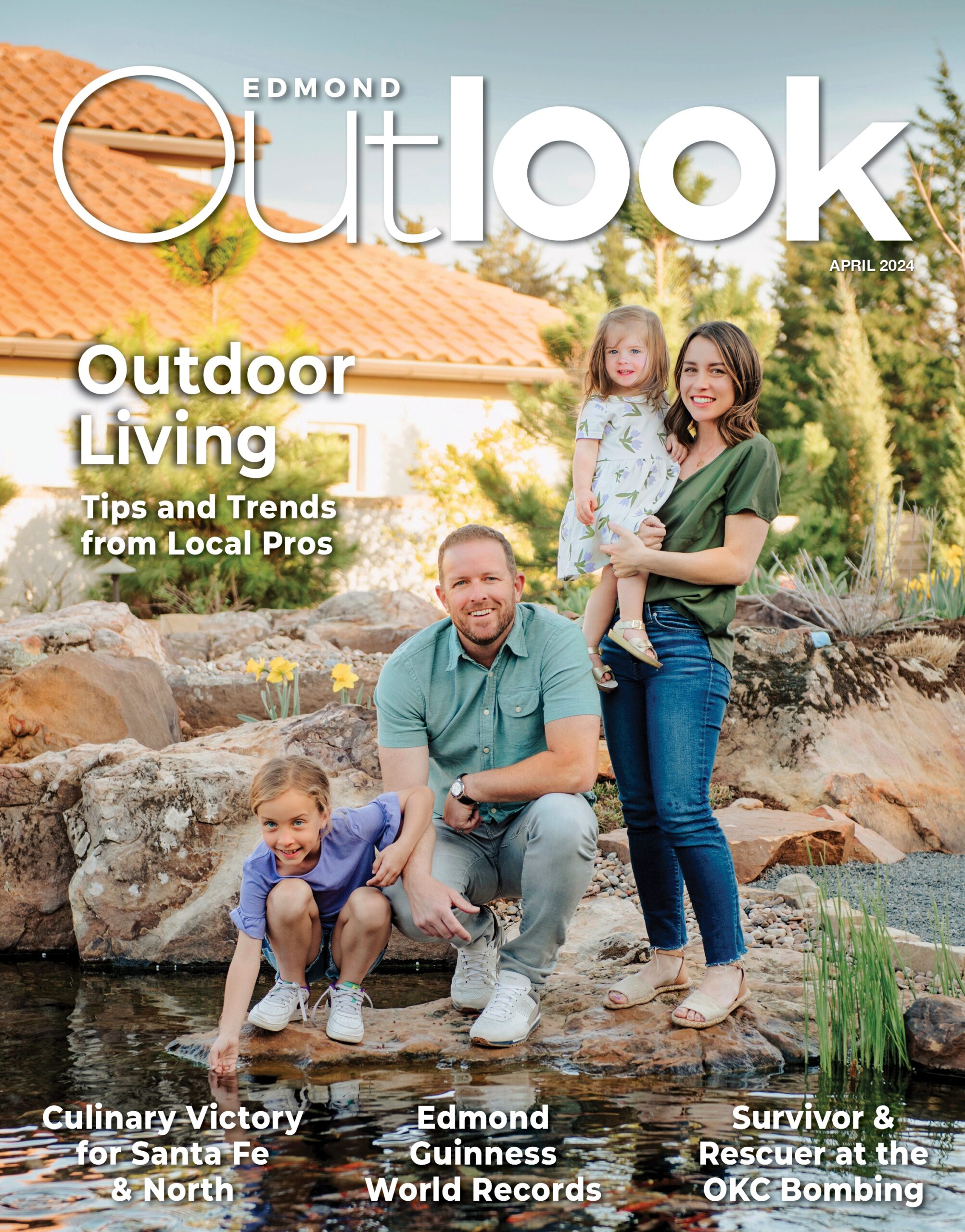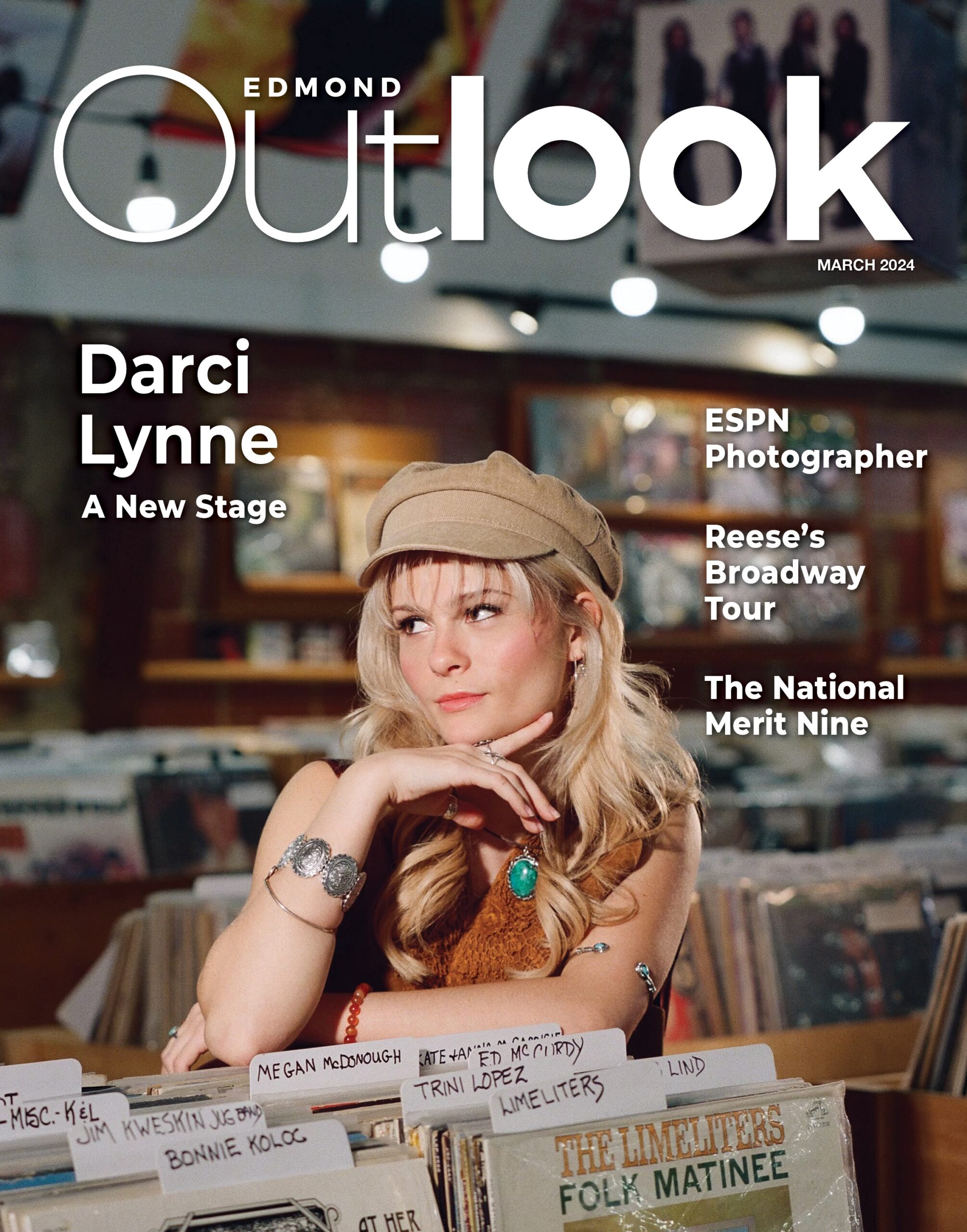ABANDONED
If there is an abandoned house, town, school, or abstract building in Oklahoma, then Cody Cooper and Justin Tyler Moore will more than likely be there, documenting its historical value on their website www.abandonedok.com.
Cooper and Moore had other career paths lined up in the past –- Moore once worked for News Channel 9 as a TV commercial producer, and Cooper went to school to study architecture. They have now put that on hold to pursue a passion that they truly enjoy, documenting local abandoned buildings.
Moore says they operate on the mantra of “take nothing but photographs, and leave nothing
but footprints.”
Sometimes they locate these places by sheer luck and other times, high school students randomly offer up where the spookiest places can be found.
“We started www.abandondedok.com just six months ago, because we really enjoyed urban exploration for a long time,” Cooper says.
“There was really no website completely dedicated to things that were abandoned in Oklahoma, so we thought that we might as well take a shot at it, and it has grown very rapidly.”
Next month is going to be “scary places month” for the website, and they have one place in particular that they’d like to go to that is just north of Edmond in Guthrie. “We’d really like to go to the Logan County Memorial Hospital in Guthrie,” says Cooper. “It looks like something straight out of a horror movie.”
Moore says the most unique place they’ve been to is Paige Woodson School, built in the 1920s. He says there is an Olympic-size swimming pool in the basement, and it was the first African-American high school in Oklahoma City.
“We went to Paige Woodson school a couple of weeks ago to investigate, and when we were there, we had gone through the whole school and when we got to the third floor, there was a candle that was lit in the center of the hallway,” Moore says.
Cooper and Moore admit it could have been a vagrant who left the candle there for them, but they also point out there was broken glass throughout the school. They think if there was someone there, they probably would have heard them.
They frequently find mattresses and remnants of areas that have been occupied by vagrants. Sometimes they even encounter the vagrants themselves. But to them, the thrill of discovering the unknown is worth the risk. “When you’re in these buildings you get a very eerie feeling,” Cooper says.
“You don’t know what’s going to be around the next corner because it’s dark; there is stuff everywhere, and there could be anything waiting there for you,” he said.
Cooper and Moore say some of the more interesting places they have been include ghost towns, such as Fallis, Oklahoma. “We went to Fallis last month to a community center that had all the files, yearbooks, pictures on the walls, and it was literally like they just packed up and moved one day,”
Moore says.
They have recently been to other abandoned areas around the greater Oklahoma City area, such as the old John Marshall High School and the Dunjee School as well.
Moore says the most interesting thing about exploring these abandoned places is the fact that he and Cooper are usually the last people who are going to see some of these buildings before they get demolished. “The pictures that we take aren’t necessarily the best pictures in the world, but it shows you what was really there,” Moore said.
“The really cool thing about what we do is the Oklahoma Library System is archiving some of our photographs,” Cooper says.
Moore and Cooper say they seek out the most abandoned places in Oklahoma to gain perspective. Why were these places possibly abandoned? In what way were they deserted?
Cooper compares what he and Moore do as being like “urban archeologists” who are documenting history. “You get to see what people left there, how they left it, and the hurried nature that these people have left their possessions,” he said.
They have intentions for taking this a step further in the future, with the hopes of preserving a legacy that has been left as ruins. “One thing I would like is to contribute to historic preservation in Oklahoma.”
Both Cooper and Moore say that in the future, if there was funding from somewhere, then they would be honored to do a lot more with this topic. They say the only problem at this stage in their efforts is the cost of traveling and taking time off of work to operate their website.


